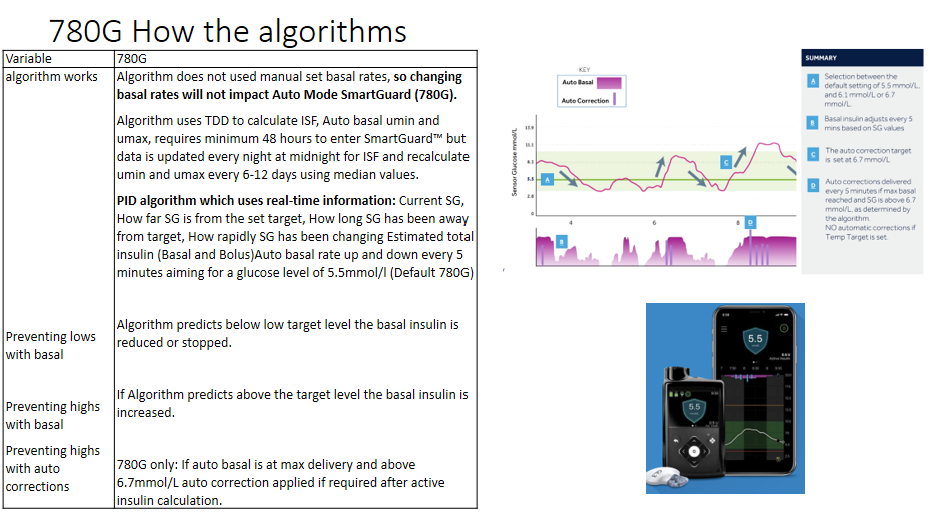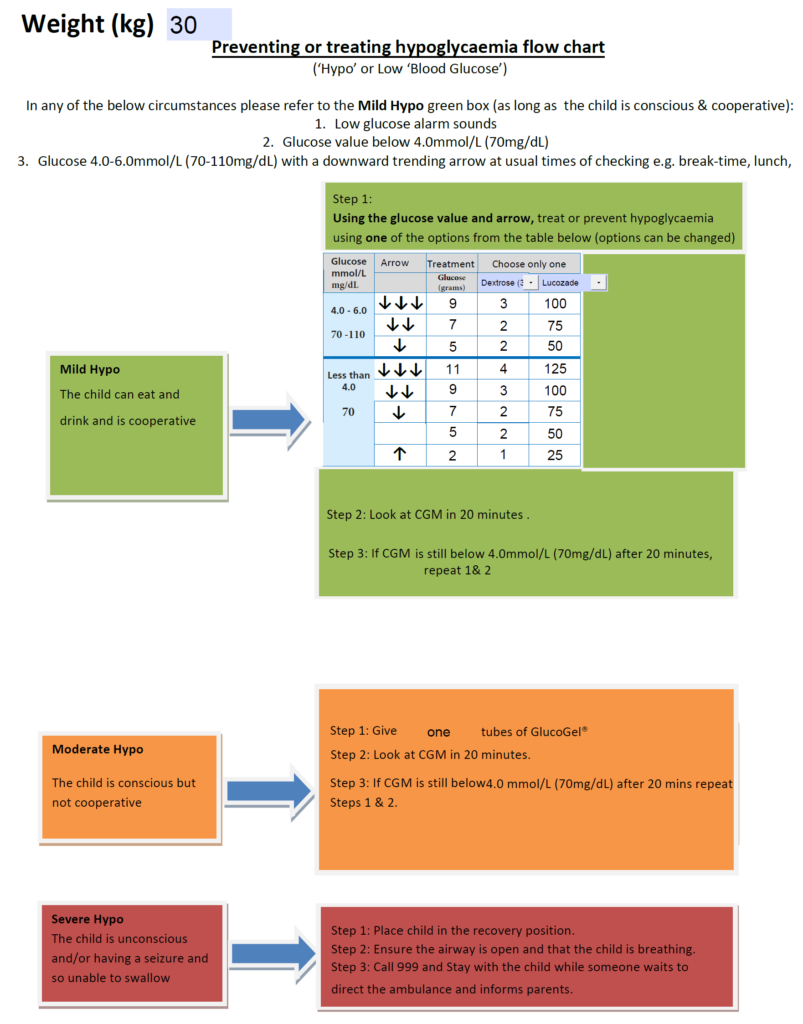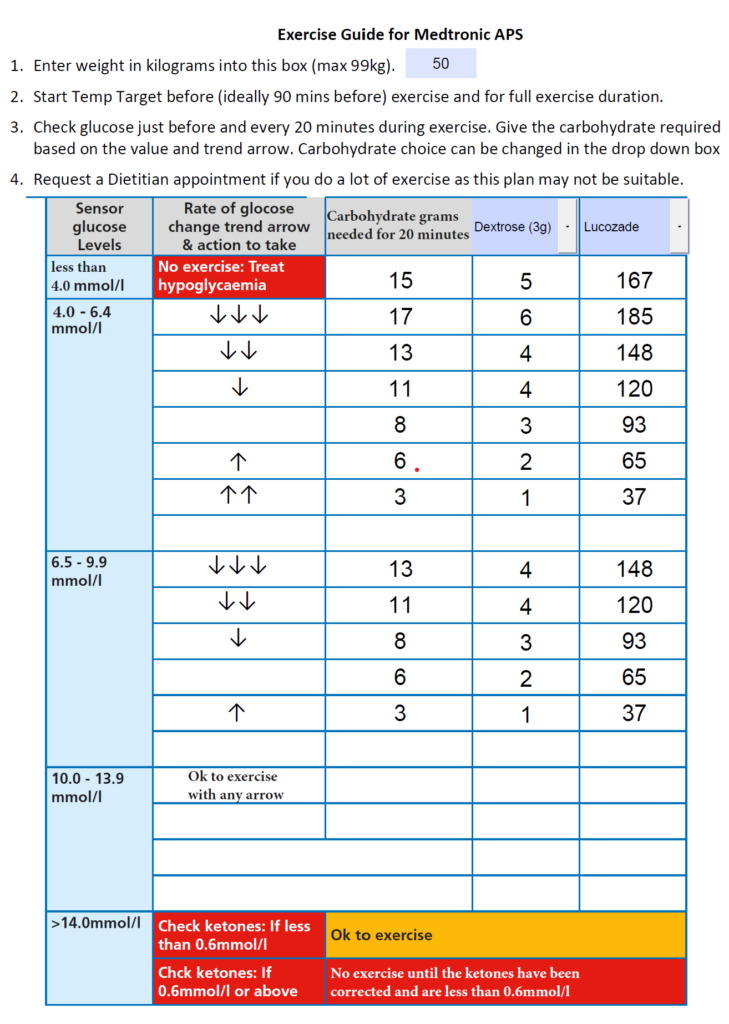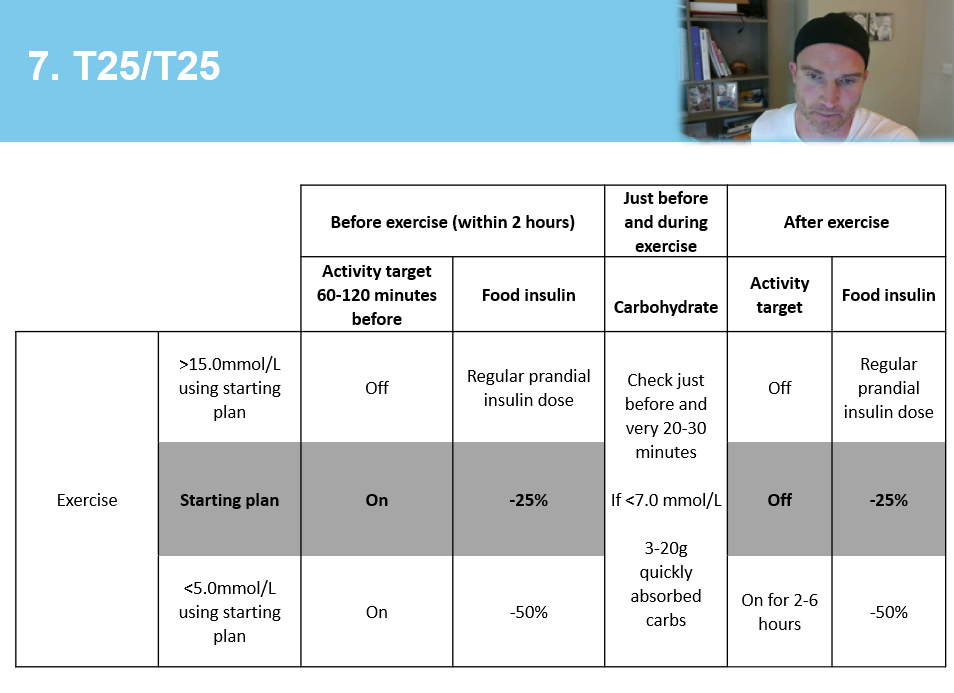Thinking about the Medtronic 780G, aka, The Incredible Hulk
“The strongest there is to crush after-meal highs!”

Want to listen to the Podcast on this?
Episode 3: Mastering the Medtronic 780G – The Hulk of AID. We break down the Medtronic 780G, the most aggressive AID system for tackling high glucose levels. We will explore how SmartGuard’s auto-correction feature works, how to optimise settings, and how to manage exercise, high-fat meals, and hypoglycaemia prevention.
You can look forward to:
- The most aggressive system for tackling high glucose levels and optimising time in range (3.9-10.0 mmol/L or 70-180 mg/dL)
- Highly automated, requiring minimal user intervention
- Strong overnight glucose control
If you select the Medtronic 780G, here are the essentials:
- How the SmartGuard algorithms work
- Starting settings
- Tips & tricks
- Preventing and treating hypos
- High-fat meals
- Exercis
How the algorithm works
The Medtronic systems have three components:
- Medtronic Pump
- Guardian Sensor 3 or 4 or Simplera
- The algorithm inside the pump is called SmartGuard
This graphic explains how the 780G algorithm works in a nutshell.

Take homes:
- The algorithm works by auto-calculating basal rates and correction factors
- Basal increases when the glucose is rising
- There are auto corrections given aggressively every 5 minutes when the glucose is rising quickly – above 6.7 mmol/L (130 mg/dL) – and the basal increases are not enough
- Basal decreases and suspends if the glucose is predicted to go low
- The target level is 5.5mmol/L (100mg/dL) which can be adjusted higher if required to 6.1 mmol/L or 6.7 mmol/L
Starting settings
Both algorithms need a weight, average total daily insulin dose, carb ratios, and active insulin time. SmartGuard does the rest automatically and updates continually. You have to wear it for 48 hours before SmartGuard can be turned on. This makes sure the System has an idea of your insulin sensitivity.
Active insulin time is the aggressiveness switch of the SmartGuard algorithm.
For example, how quickly it will tackle after-meal spikes in glucose.
This is a decent guide:
2 hrs = Aggressive
2 ½ hrs = Normal
3 hrs = Safe
On the 780G, you can change the target level. However, it’s best left at 5.5mmol/L (100mg/dL) to get more time in range.
You will have to remember to keep your basal rates and correction factors up to date in case it goes out of SmartGuard
Once the above is set, you will only need to adjust your carb ratios in the future.
Starting an AID system can be broken down into two parts.
First, SURVIVE,
Then, THRIVE.
You can download How to Survive and Thrive – (780G). A more comprehensive onboarding resource is available (780G)
Tips & tricks
If you want to get 70% or more time in range do not forget the basics:
- Three balanced meals
- Accurate carb counting
- Bolus insulin 10-20 minutes before eating
- Be active for 10-15 minutes after eating
- Rotate cannula sites
Follow the above and you will have: 99 Problems But Highs Aint One (click if you want to download it, use it, share it!)
Other things to be aware of:
- Always suspend the pump when disconnecting (showers, sports, sex)
- Update manual mode settings in the case SmartGuard stops:
- Basal rates
- Correction factors
- Target level
Preventing and treating hypos
It would be awesome if hypos were a thing of the past. But this will not be the case.
The algorithm will be able to stop hypos overnight!
However, if you give too much bolus insulin for a meal or exercise without planning, hypos will still happen.
It is likely you will need less hypo treatment than normal because the algorithm will have already slowed or stopped the insulin at least 30 minutes prior.
You may also want to prevent hypos if you see the glucose is 4.0-6.0mmol/L (70-110mg/dL) and trending down.
This is a guide I use based on weight. This example is for a 30kg person and the weight can be changed. Download the Survive and Thrive – (780G) and enter your weight at the top to get a personalised chart.

If you want this hypos guide, download it here.
High-fat meals
We know from the Mealtime Insulin Guide that high-fat meals with carbs, such as pizza and takeaways require additional insulin.
If you set the Active insulin time between 2-3 hours, the SmartGuard algorithm should manage the delayed glucose rise with ease.
For example, you could enter all the 100g for a Pizza upfront and let SmartGuard do the rest.
If you still get a delayed rise, next time, dial in 25-50% extra (e.g. 25-50g in this example) of “fake carbs” 90 minutes after eating.
If you go hypo in the first 2-3 hours, next time only enter 75% of the carbs, 75g in this example.
Exercise
There is the quick and dirty way and the more comprehensive planned method.
The quick and dirty method
This involves putting on the Exercise mode before starting, ideally 90 minutes before. Then supplement with small amounts of carbohydrates every 20 minutes as required.
Do not shovel loads of carbs in at once as the glucose might shoot high and the algorithm will increase the insulin and hypo risk.
How many carbs every 20 minutes?
Good question.
It depends on how much you weigh. Here is an example for a 50kg person. Download the Survive and Thrive – (780G) and enter your weight at the top to get a personalised chart.

You can download the mmol/L and mg/dL versions if you want to try?
Comprehensive planned method
To be able to use this method you will need to work your way through the Exercise Guide, so you understand exercise types, bolus reductions, and how to change a plan after trial.
Read it?
Great, you are up to speed with exercise management.
Great, you are up to speed with exercise management.
This T25/T25 table should now make complete sense! If not read, the article on the recent AID and Exercise Consensus guideline, you will also notice the specific infographic below the simple T25/T25 grid.
This downloadable exercise tool for the 780G makes creating and adapting exercise plans easy!


Go forth and conquer.
